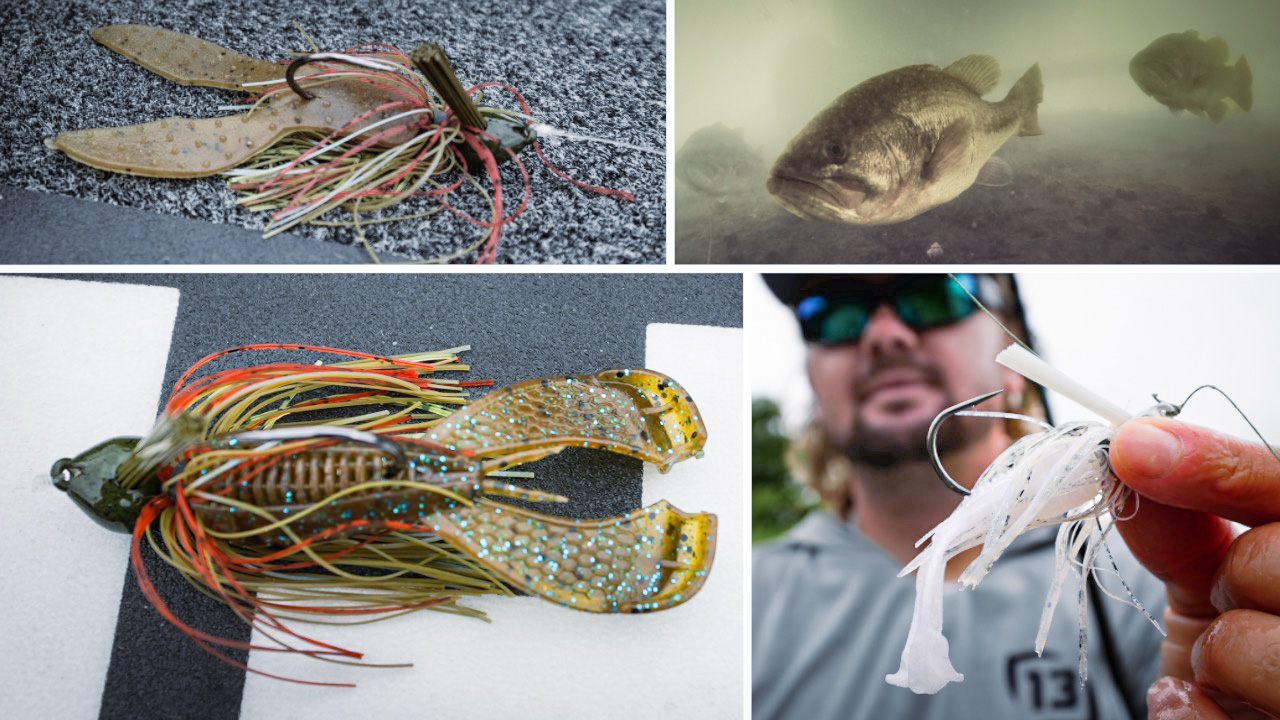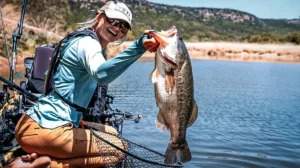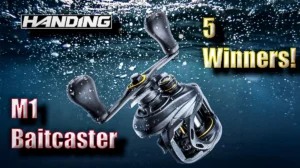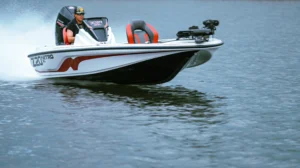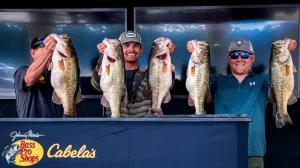Kyle Welcher shares how he chooses jig trailers based on fishing conditions and bait preferences. Growing up in Alabama, where jig fishing is a staple, Welcher shares his straightforward approach to picking the right trailer for flipping, skipping, and swim jigs. Each type of trailer offers unique action, making it important to match them to water depth, cover, and bass behavior.
FEATURED PRODUCTS
JIGS
- JIG 1 – Untamed Tackle Ace Jig (1/2-ounce), color: Buy at Tackle Warehouse
- JIG 2 – Untamed Tackle APEX Swim Jig: Buy at Tackle Warehouse
TRAILERS
- TRAILER 1 – Trailers and Chunks: Buy at Bass Pro Shops
- TRAILER 2 – Rapala CrushCity Cleanup Craw: Buy at Bass Pro Shops | Buy at Tackle Warehouse | Buy at FishUSA
- TRAILER 3 – Rapala Crush City Mayor Swimbait, 3-inch: Buy at Bass Pro Shops | Buy at Tackle Warehouse | Buy at FishUSA
WHEN TO USE CHUNK-STYLE TRAILERS
Chunk-style trailers work best in shallow water. Their gliding action appeals to bass in ultra-shallow environments like tight cover or shallow wood. Welcher often pairs them with flipping jigs for precise presentations, especially in areas where bass respond better to subtle movements to trigger strikes.
OPTIMIZING COMPACT TRAILERS FOR FLIPPING AND SKIPPING
Compact craw-style trailers excel when fishing deeper boat docks or wood. These trailers imitate small bluegill, making them ideal for bass targeting gills and crawfish. Welcher trims skirts and trailers to match the size of the forage, ensuring a natural, compact presentation.
WHY CONSISTENT KICKING ACTION WORKS FOR SWIM JIGS
Swim jigs work best when paired with trailers with consistent thumping action, perfect for triggering shad-eating bass in grass or open water. Welcher uses both compact crawfish trailers with kicking legs and paddle tail swimbaits for a natural swimming motion. In colder water, a chunk-style trailer with subtle movement can be effective when fish prefer slower presentations.
ADAPTING TRAILERS TO COVER AND BAIT SIZE
Trailer choice depends on the type of cover and bait size. Sparse grass calls for erratic shaking action, while expansive grass flats favor faster retrieves with smaller, streamlined trailers. Welcher emphasizes matching trailer profiles to baitfish, crawfish, or bluegill to mimic natural forage.


